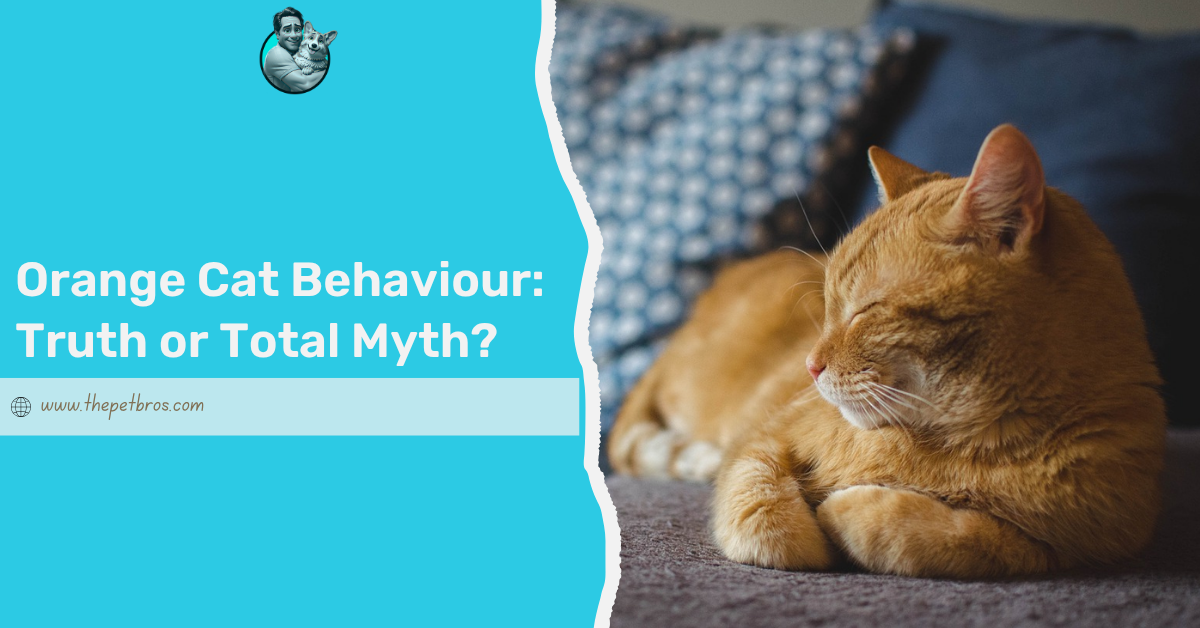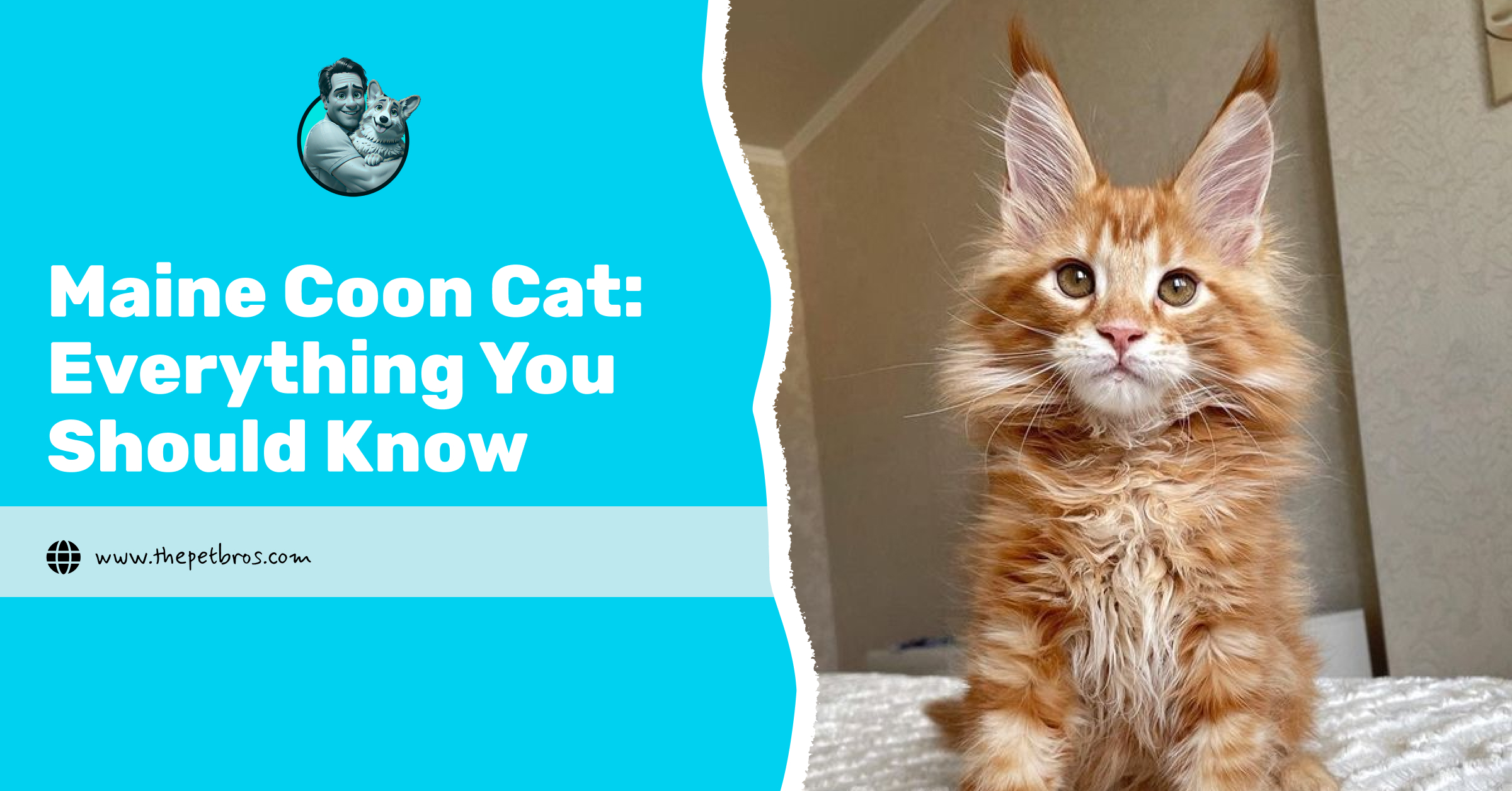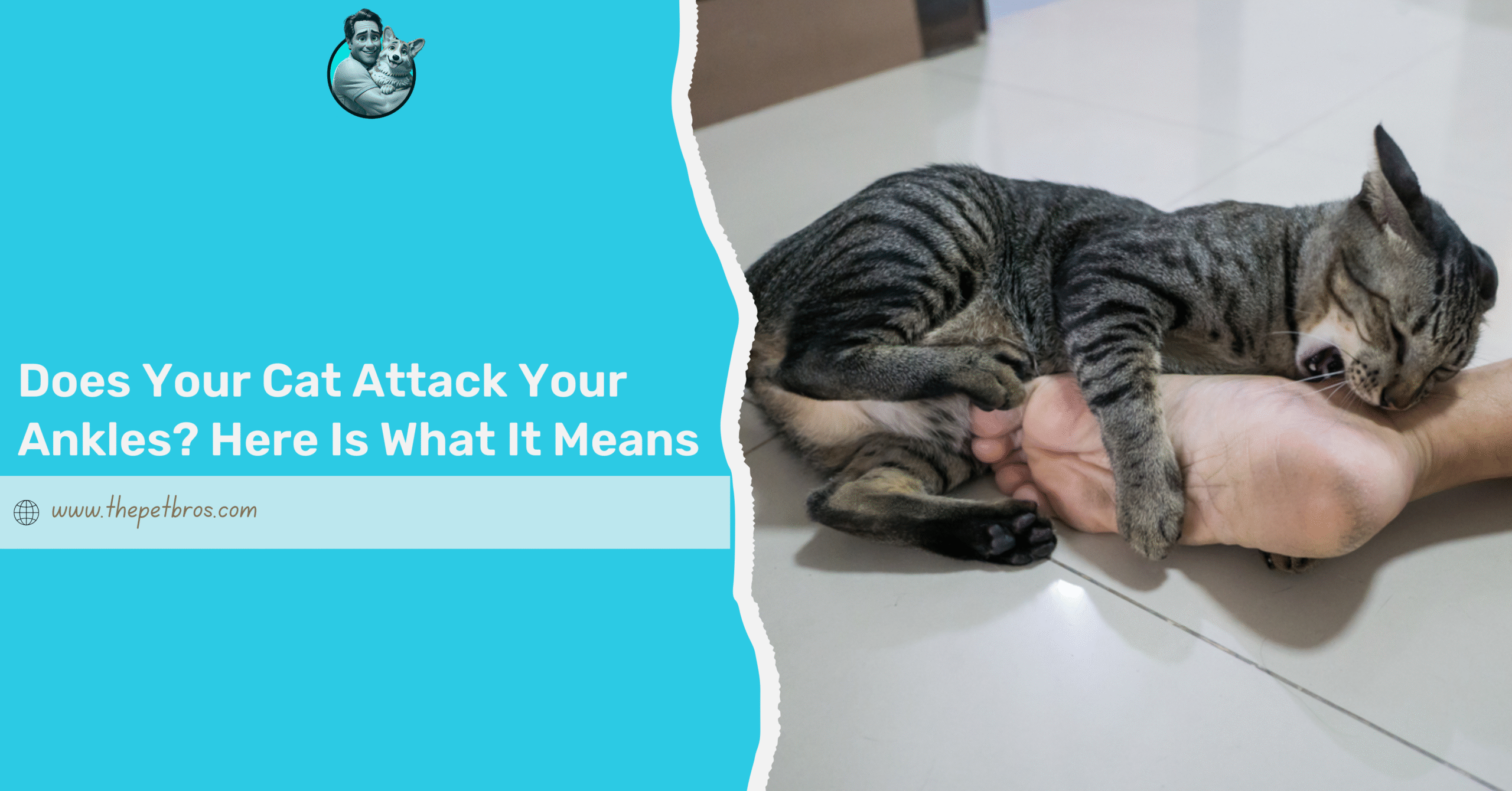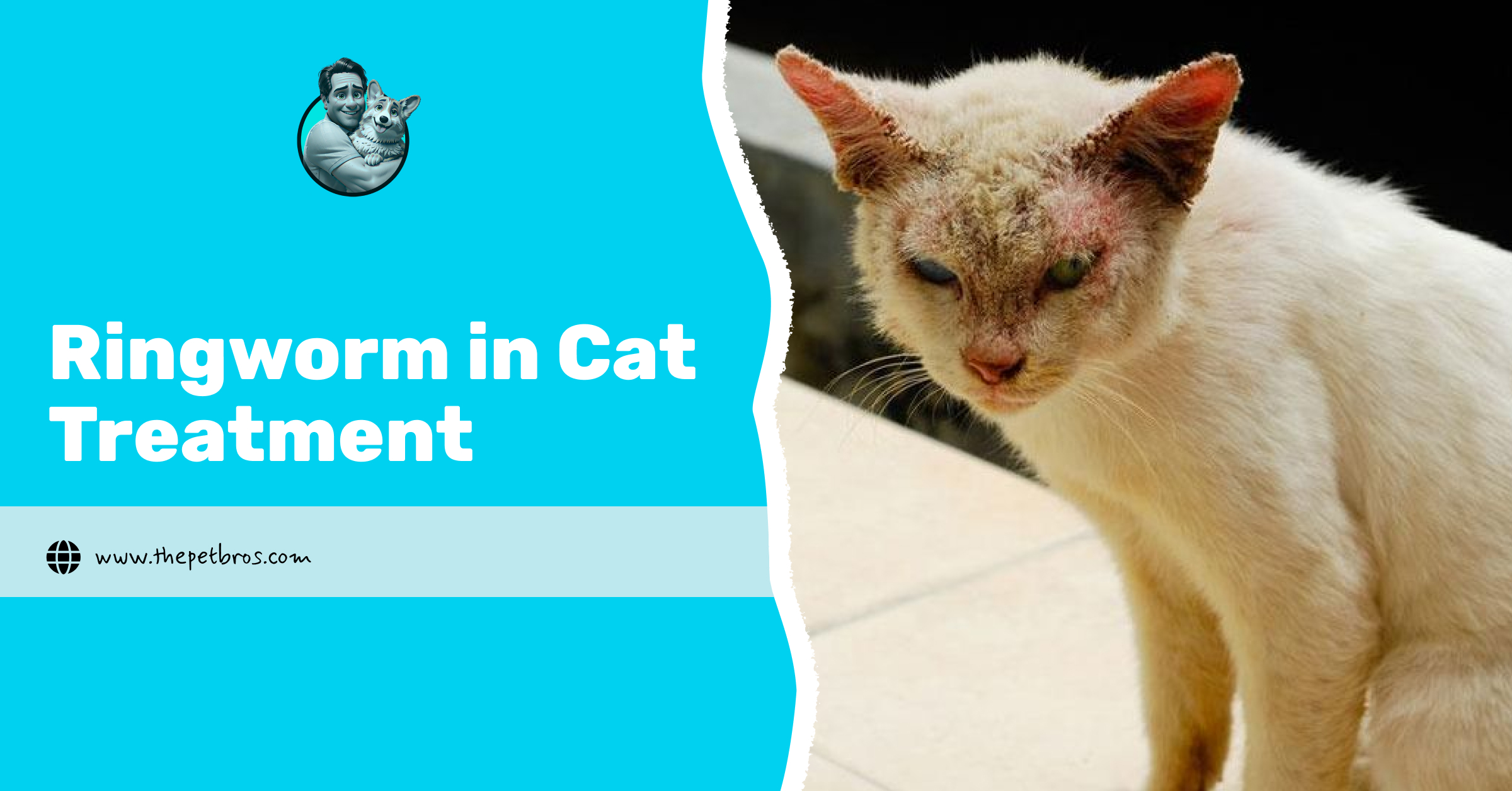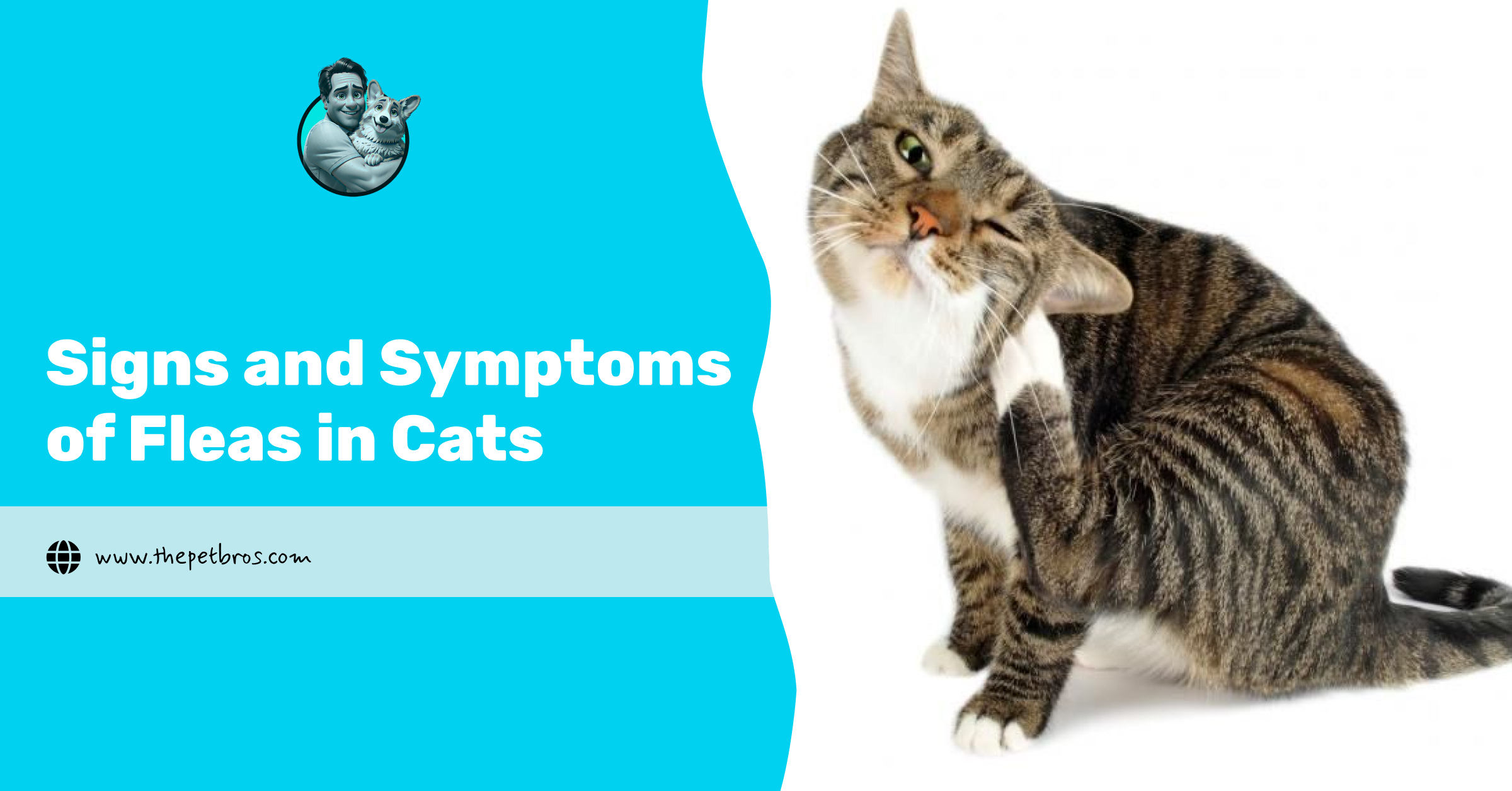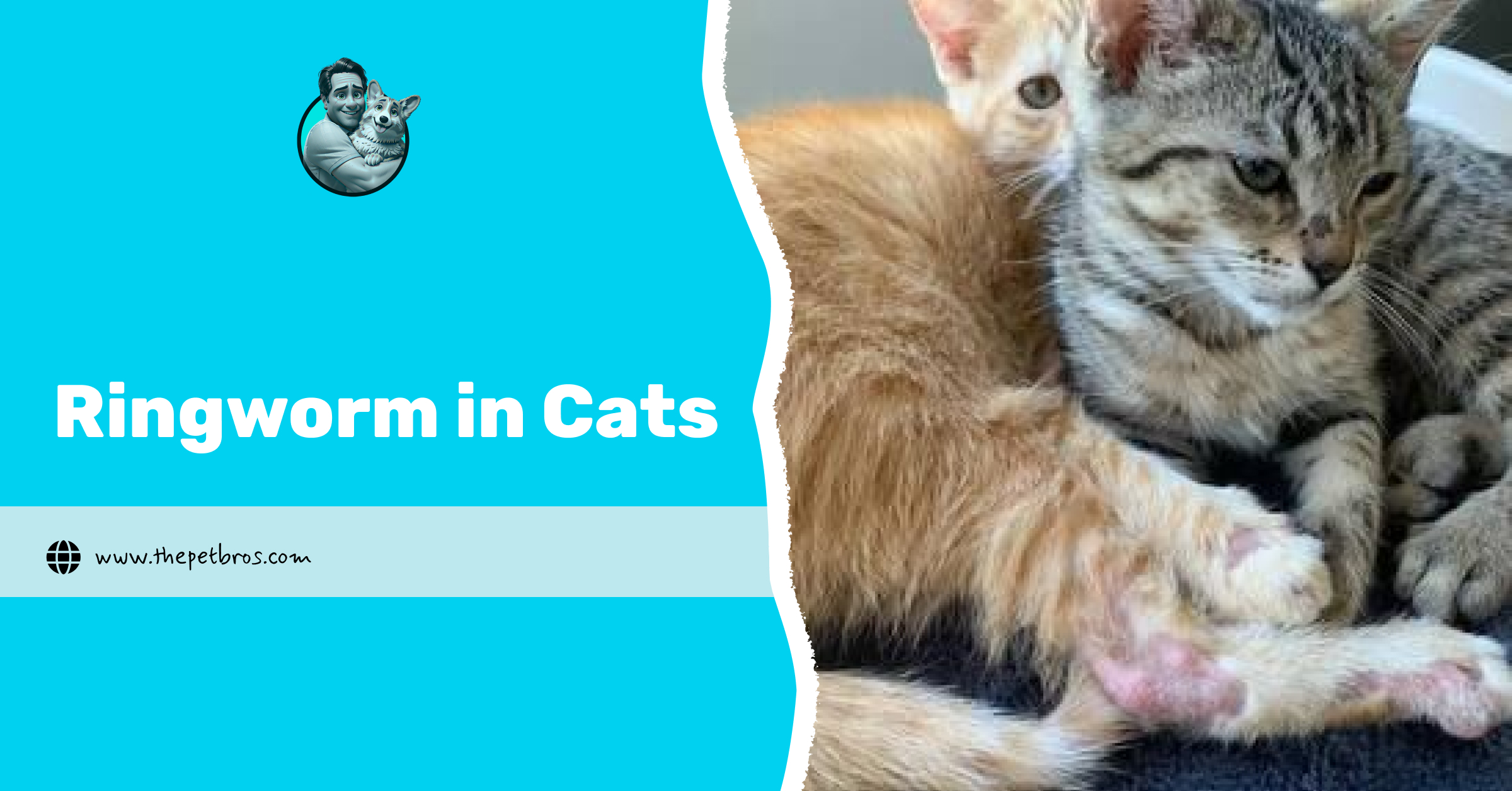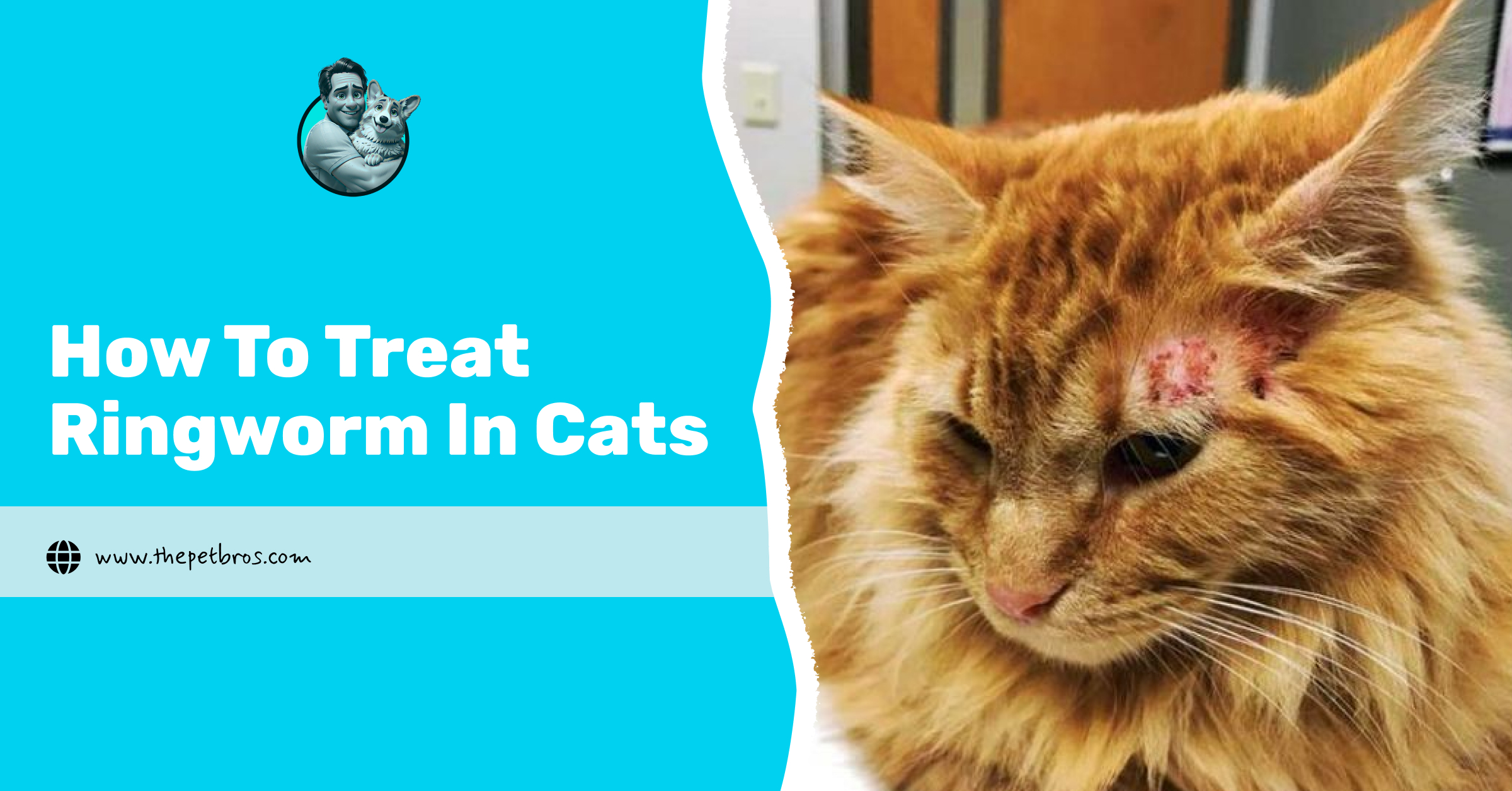One minute, your orange cat is cuddling in your lap. Next, they’re in a vase, knocking over your mirror, or launching an attack on your ankles for absolutely no reason. There’s a certain kind of chaos that only a ginger cat can bring. Welcome to the wonderfully confusing world of orange cat behaviour.
Social media would make you believe that every orange cat shares one brain cell, which is generously passed between naps and zoomies. They’ve become the unofficial mascots of feline foolishness, loved for their unfiltered antics and unbothered vibe. But is there actually something about orange cats that makes them act this way, or have we just memed ourselves into believing it?
In this article, you’ll learn what orange cat behaviour means, what science says, and why these colourful cats have become internet legends.
What Is Orange Cat Behaviour Supposed to Be?
If you’ve ever scrolled through that part of social media where they talk about pets, you’ll know there’s like a cult around ginger cats. The term, orange cat behaviour, gets thrown around like it’s an official diagnosis. People speak about it as though it’s a recognised condition, some parts sweet whilst others are absolutely bonkers.
Orange cats, apparently, are in a league of their own. One minute, they curl up like angels on your duvet. Next, they’re galloping sideways through the hallway, swiping a boiled egg off your kitchen counter or slurping spaghetti like their life depends on it. No explanation. No shame. No rules.
This peculiar personality has been summed up in a few catchy words: “derpy,” “spicy,” “chaotic,” “affectionate,” and the classic “himbo” energy. These cats are described as bold, silly, loud, clingy, and impossible to ignore. Ask ten people what orange cat behaviour means, and you’ll get ten wildly different answers, yet everyone is confident their answer is correct.
The irony is that this is more than just pet talk. It’s a full-on fandom. People share memes, stories, and videos like gospel. And the enthusiasm is infectious. So much so that even those who’ve never owned a cat now think orange cats must be running some kind of mad ginger syndicate.
The Genetics Behind Orange Cats
To understand orange cat behaviour, it helps to peek under the hood and see what’s happening in their DNA. Their signature marmalade coats aren’t just stylish by chance. It all comes down to a gene responsible for producing a pigment called pheomelanin, which creates those deep gold and fiery ginger shades. This particular gene is located on the X chromosome, and that’s where it gets interesting.
So cats, like humans, have sex chromosomes. Females have two Xs, and males have one X and one Y. Since the orange gene lives on the X chromosome, a male only needs one copy to strut about looking like a burnt sunset. A female, on the other hand, requires two matching orange genes, one on each X. That’s why about 80 per cent of orange cats are male.
Therefore, in a litter, it’s far more likely the lads will be ginger troublemakers, while the girls might be calico or tortoiseshell if only one X has the gene, making them a proper rarity with so many cool names. It’s biology doing its thing quietly behind the scenes, setting the stage for all that celebrated orange cat behaviour without saying a word.
Does Science Support the Stereotype?
So, is orange cat behaviour a real phenomenon, or are we all just having a laugh at their expense? According to recent studies, there’s no solid link between a cat’s coat colour and its personality. You can’t hold up a ginger kitten and predict it’ll grow up to be a daft cuddle machine. Studies that have looked into feline behaviour find no meaningful connection between how a cat looks and how it acts.
That said, plenty of cat owners swear their orange cats are the friendliest, daftest creatures on Earth. Others say they’re demanding, noisy, and think rules are optional. The truth is, these impressions are often shaped by what people expect to see. If someone’s convinced orange cat behaviour means being silly and affectionate, they’re more likely to notice those traits and overlook everything else.
What Influences Their Behaviour?
If orange cat behaviour isn’t tied to their colour, what actually makes a cat act the way it does? The answer, unsurprisingly, lies in breed, early experiences, and a touch of individual personality. Some breeds are famously sociable or vocal. Siamese cats, for example, are known for chatting your ear off.
So, if your orange cat is loud, clingy, or daring, it might be because of its breed background rather than the fact that it’s the colour of baked beans. Even moggies, which make up most of the cat population, can inherit personality quirks from their mixed-breed parents. Genetics definitely play a part in shaping a cat’s temperament, but not through fur colour alone. It’s more about the wiring inside than the paint job outside.
Early life also counts for a lot. Cats that were handled gently as kittens often turn out more confident and friendly. Those who missed out on that socialisation might be a bit more cautious.
Why Does The Myth Persist
It’s easy to see how orange cat behaviour became a thing people believe in. Humans are brilliant at spotting patterns, even if those patterns don’t actually exist. We like tidy explanations and shared jokes, so once a few orange cats go viral for doing something daft, the idea snowballs. One ginger cat knocks over a lamp, and suddenly, they all get branded as little chaos agents.
Over time, cultural storytelling has a profound impact on our thinking. We start to expect ginger cats to be silly, bold, or sweet, so that’s exactly what we notice. It becomes a loop. The more we share these tales, the more we believe them, even without proof.
Then there’s the media. Characters like Garfield, who hates Mondays and lives for lasagne, or Morris the Cat, who was famously fussy in adverts, have painted orange cats as personalities with their own agenda. These characters weren’t just cats, they were icons. And they’ve helped cement the belief that orange cat behaviour is a special category.
Conclusion
Orange cat behaviour might feel like a genuine phenomenon, but it’s mostly the result of shared stories, human bias, and a few famous feline faces. Their antics are real enough, but the idea that all ginger cats are wired the same doesn’t hold up under scrutiny.
Most of the time, it’s all harmless fun. Still, it wouldn’t hurt to pause and ask where the idea came from. Not everything we assume about animals is rooted in reality. So, whenever a discussion pops up around orange cats, remember that it is more cruise than facts.
Frequently Asked Questions
Why are most orange cats male?
Because the orange gene is carried on the X chromosome, males need one copy, and females need two, which makes orange females much rarer.
Do orange cats behave differently from other cats?
Not in any consistent or proven way. Behaviour is shaped more by breed, environment, and upbringing.
Can orange cats be aggressive?
Any cat can be aggressive depending on their experiences and temperament. It’s not linked to colour.
Why do people believe orange cats are chaotic?
Because of pop culture, personal stories, and viral internet content that reinforce the stereotype, often in a funny, exaggerated way.






